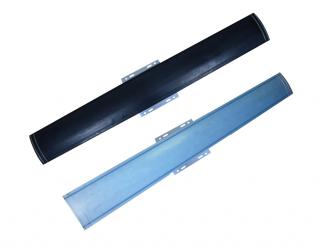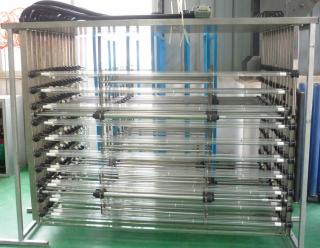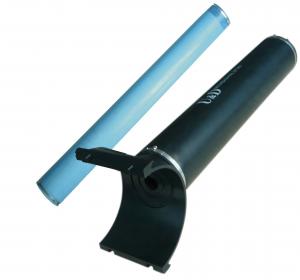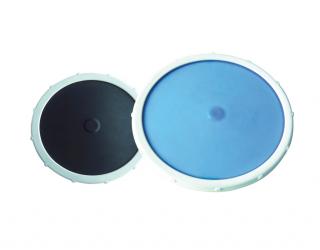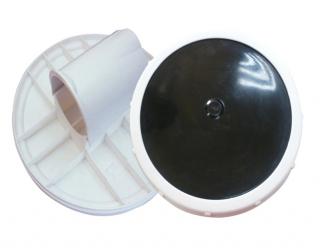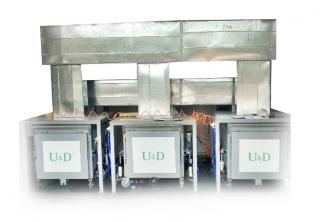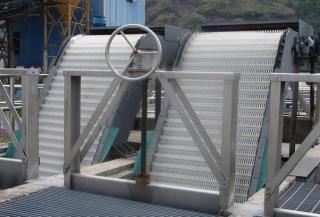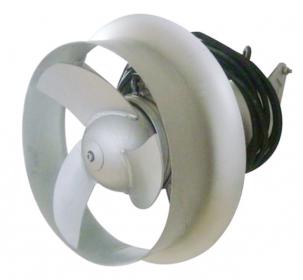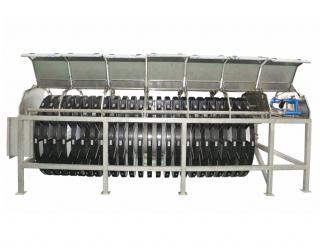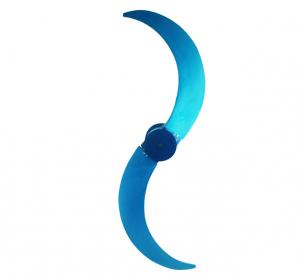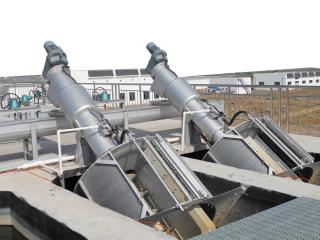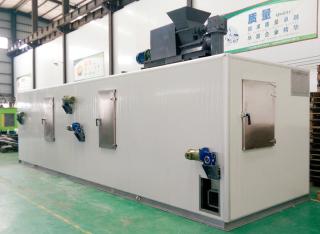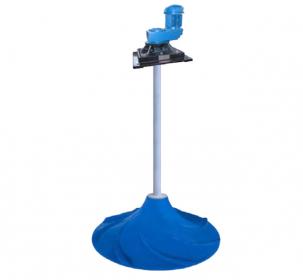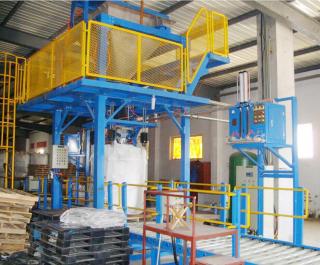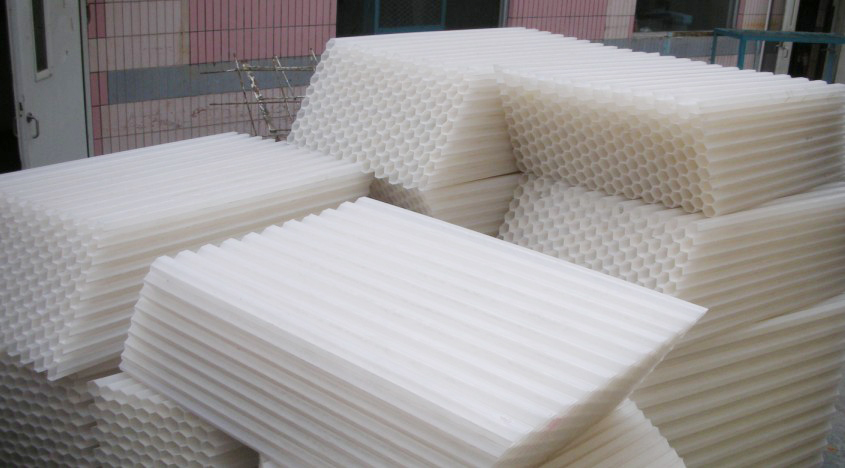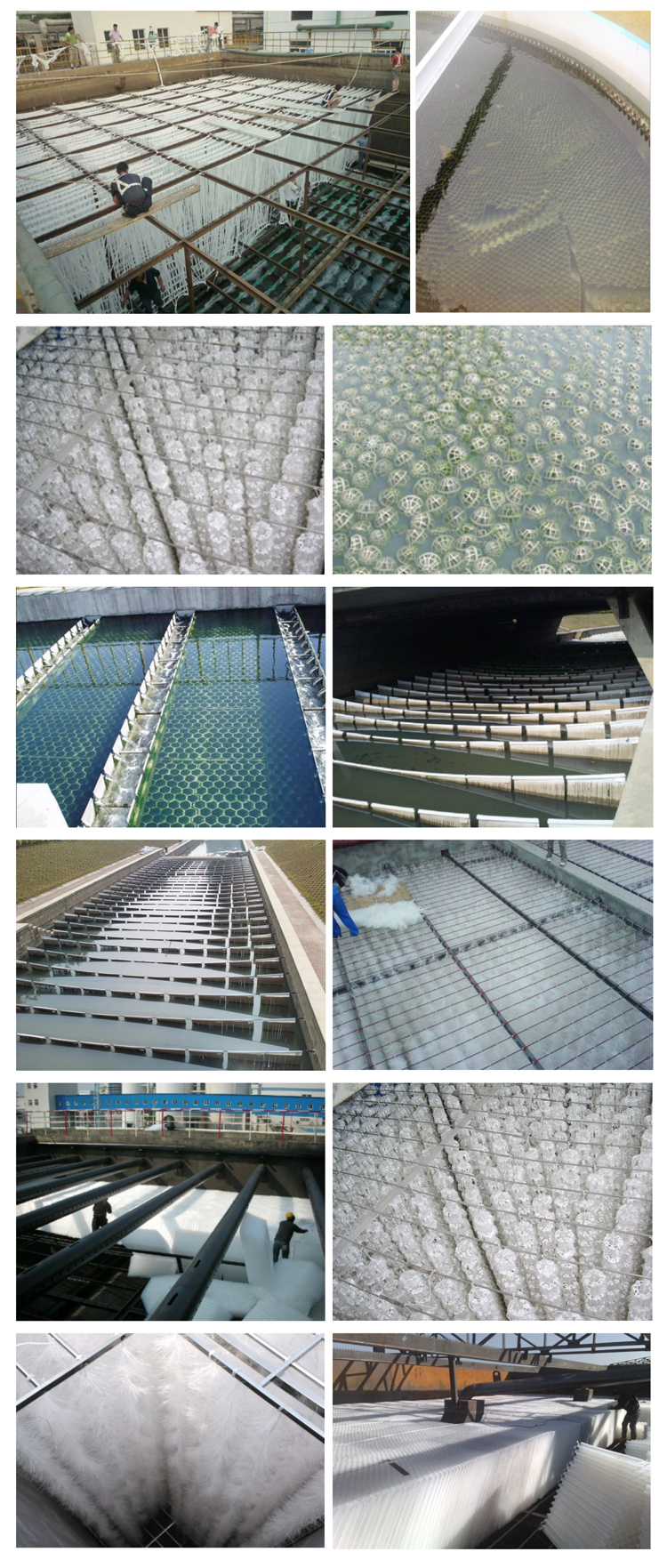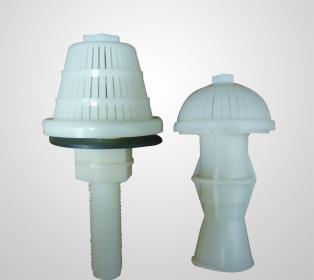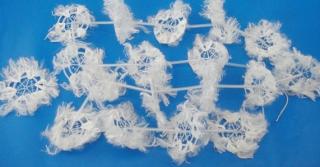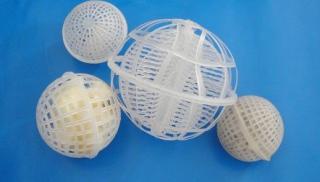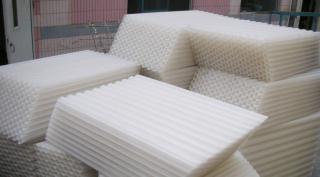- Product Overview
- Comments
- Project Case
1. Product description
Inclined plate fillers, ethylene-propylene copolymer inclined plate fillers, and small spacing inclined plate fillers are
made of ethylene-propylene copolymer materials. Rationally distant sedimentation sections are set on the top of the
inclined plate. The geometry of the inclined plate is controlled to produce stable flocculation at the plate's bottom. The
flocculate is separated from water through contacts and sedimentation mechanism. The inclined plate fillers are
structurally divided into three types: 1) small spacing inclined plate filler; 2) contact flocculate inclined plate filler;
3) efficient composite inclined plate filler.
2. Product features
1. It greatly reduces the spacing between plates, thus enhancing by a large margin the utilization of sedimentation
space;
2. Its Reynolds Number is small enough to effectively inhibit hydraulic pulse, thus greatly reducing the adverse effect
of water flow-induced disturbance on flocculate settlement;
3. It renders the even water distribution, thus avoiding short-circuiting;
4.It is more helpful to the settlement and separation of flocculate, since the optimized structure brings no lateral
constraint on the sedimentation device on the highly efficient inclined plate;
5.The sedimentation area of the inclined plate filler is equal to mud discharging area. The mud discharging area
of the inclined plate filler is 4 times that of the ordinary filler, thus greatly improving the load for sedimentation
and mud discharging.
6.Because of the structural characteristics of sedimentation devices of efficient inclined plate and the thick ethylene-propylene copolymer plates and support profiles, the inclined plate filler is much stiffer than the ordinary one.
Besides, it can bear strong load and is unlikely to deform.
The fillers with various intervals of inclined plates take different heights of plastic ribs to support inclined plates.
The ribs and inclined plates are fusion welded. Every two layers of inclined plates require the support of multiple
ribs that are assembled by complex processes. Besides, the internal water flow channels of traditional inclined
plates are cast into rectangles and are only applied to upward flow sedimentation tanks. Efficient multi-functional combined inclined plate filler is the combination of ethylene-propylene copolymer inclined plate and inclined plate support rod. The material used is ethylene-propylene copolymer. By connecting support rods, the inclined plates are combined into commonly employed
equipment for water treatment. The multi-functional combined inclined plate fillers are characteristic of such
advantages as installation and dismantling-friendly, adjustable interval between plates, no limitation on connected length, high overall strength, and corrosion
resistance. The support rods for the inclined plates can be designed into multiple specifications and dimensions.
The rods are arranged by different parameters of inclined plates to meet the requirements on the interval and angle
of varied inclined plates. Because their internal water flow channels are free of any obstructions and accumulated
mud, multi-functional combined inclined plate fillers can be applied to both upward flow and lateral flow
sedimentation tanks.
Therefore, such filler can be applicable to various techniques for water treatment. As a result of its high strength,
corrosion resistance, and detachability, the multi-functional combined inclined plate filler has a much longer service life than traditional inclined plate filler. Before multi-functional combined inclined plate filler is assembled, several ports are bored on an inclined plate. Then the
connectors of inclined plate support rod will be guided to pass through ports, before they are forced into the wedge
tail of another support rod to fasten both rods and the inclined plate into a whole. By repeating this procedure, you
can connect in series multiple inclined plates into a whole. The whole installation process doesn’t require any
mechanical and processing equipment, and it is very friendly to installation.









